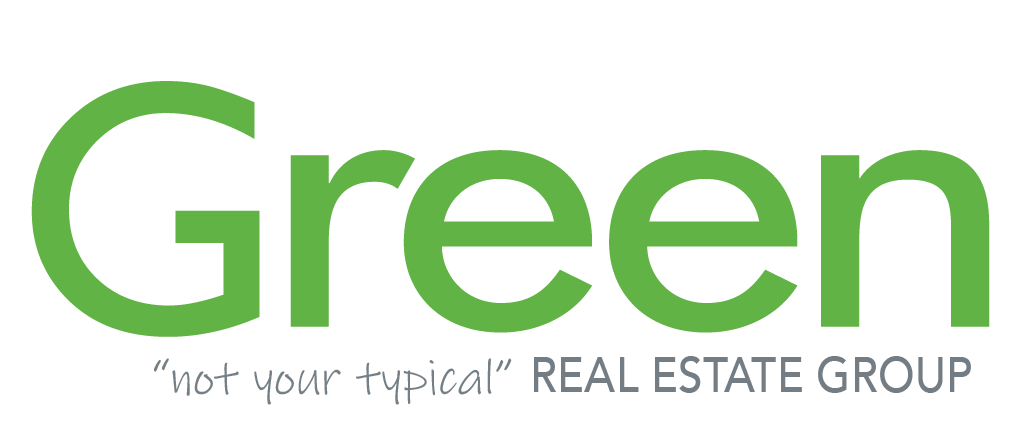Bringing you important insight to our real estate market, driven by years of experience and proven success in any market.
This month we are looking at Passive Income in Real Estate!
Buying an investment property is a huge step to financial freedom. Passive income, in our opinion, is the best type of income: No employees, no making widgets, and no punching the time card.
Here are the common questions our team fields the most:
- Is this property a good investment?
- I want to invest in another property is there anything out there that makes sense?
- I want to invest in real estate, where do I start?
All these questions deserve some conversation, but it all starts with doing a financial analysis to determine 4 key financial indicators: Capitalization Rate, Debt Service Ratio, Return on Investment, and Return on Equity. This may sound complicated and overwhelming but if you input the correct information in the following categories below in green the rest is easy.

Let’s go through it:
Start with the asking price then you can adjust it later.
Typically a secondary property and investment properties require a minimum 25% downpayment. Higher risk investment properties require a much higher down payment. Ex. Tourist commercial properties (Hotel, RV resorts)
Property transfer tax, closing costs and lawyer fees
Cost for your financing (Bank, Credit Union, Line of Credit) you can use a
mortgage calculator online
Income from rent/lease before expenses.
For this scenario the expenses include utilities, property taxes, repairs and maintenance, strata fees and property insurance etc. * Note that commercial tenants commonly pay for Insurance, property taxes and utilities also know as triple net or extra rents.
Income after you deduct expenses. *Note you do not deduct your financing costs.
Money generated after all expenses and financing costs.
Capitalization Rate is calculated by dividing a property’s net operating income by the current market value or purchase price. This ratio, expressed as a percentage, is an estimation of an investor’s potential return on a real investment. Cap rates are used to compare the effectiveness or profitability of different investment choices.
Cap Rate = Net Operating Income (NOI) divided by Current Market Value or Sales Price of the property. Our example: $25,500 divided by $500,000 = 5.1% Cap Rate
Return on Investment is calculated by dividing the net profit or loss (cash flow) from an investment by the out-of-pocket costs (down payment, closing costs, large capital expenditures). This is expressed as a percentage, therefore, you can compare the effectiveness or profitability of different investment choices.
ROI = Net Profit or Loss divided by Out-of-Pocket Costs. Our example: -$1967.62 divided by the down payment and additional costs of $134,000 = -1.47%. This scenario property shows a negative ROI which means the investment will need to be subsidized with a cash injection every month.
Return On Equity is calculated by dividing the cashflow and principal paydown (reduction in loan balance) by the total cost of investment (down payment, large capital expenditures, closing costs). This calculation shows the amount of return generated by the total equity (out-of-pocket costs) invested in a particular year.
ROE = Cashflow plus principal loan paydown divided by total equity invested. Our example: -$1967.62 plus mortgage paydown $7188.35 divided by $134,000 = 4.18%
Net Operating Income to Debt Ratio OR Debt Service Ratio is calculated by dividing cashflow (net income after taxes) by the funds required for debt service (mortgage). Simply put, DSR is the relationship between a properties annual net income and its annual mortgage debt. This calculation is used by lenders to determine if there is enough income available to pay the mortgage debt. Currently, lenders want a 1.2 ratio, or otherwise stated as 80% loan to value.
DSR = annual Net Income divided by annual mortgage cost. Our example: Annual Net Income $25,500 divided by $27,467.62 = 0.93.
In our scenario you can see that there is not enough net income to service the debt and no additional income for a fluctuation in the income.

